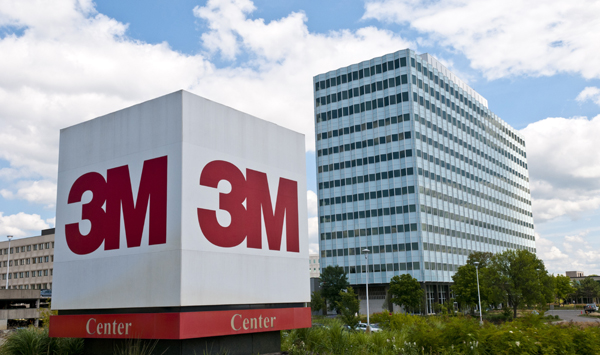
3M stopped making the most harmful chemicals in 2002 and has spent more than $100 million to clean up drinking water or provide water without the pollutants. Levels in groundwater have been dropping, and are now measured in parts-per-trillion...

Cottage Grove has a new price tag for cleaning up its water — $50.5 million.
That’s the estimated cost of a permanent water-treatment plant to remove pollutants made by the 3M Company, a manufacturing giant in abrasives products.
City officials included that estimate as part of the city’s 2018 Legislative Agenda. Cottage Grove will ask the state for $4.5 million to buy land and start planning the new facility next year. After that, the construction cost will be an estimated $46 million.
Those costs are far higher — and in addition to — the $15 million the city plans to spend on temporary filtration systems.
And other expenses might be coming, according to city administrator Charlene Stevens.
Cottage Grove also will ask for funding to plan a regional water-treatment facility — a multicity mega-plant. The city did not specify costs for that project.
Stevens said the mega-plant is needed to filter the water of smaller cities that can’t afford to do it. “Does everyone need to build their own treatment facility?” she said. “We are trying to be forward-thinking.”
The pollution affects Oakdale, Lake Elmo, Woodbury, St. Paul Park, Newport, Cottage Grove and Hastings and other parts of Washington County.
But who would pay for the cleanup?
Officials of the city, the state and 3M have all said, in effect: not me.
Cottage Grove officials say that because they did nothing to cause the pollution, they don’t expect to pay for either the temporary or the permanent water filtration.
Officials with the Minnesota Pollution Control Agency said Thursday that they wouldn’t comment about who will pay. But in the past, they have said that 3M should pay for Cottage Grove’s temporary water-filtration system.
3M attorneys argue that it has not been shown that chemicals came from the dumpsites where 3M legally put them about 40 years ago. They said that Cottage Grove’s pollution might have come from firefighting foam, used on local fires or for training at a city fire station.
“It is not clear why the city believes a new water treatment system is necessary,” said 3M attorney William Brewer III in an email.
“We agree with the Minnesota Department of Health and others who believe the current levels of (chemicals) in Minnesota drinking water present no harm to human health.”
Administrator Stevens identified one source of funding for a new water plant: the upcoming lawsuit by the state attorney general against 3M. The state is asking for $5 billion, claiming that 3M has damaged the environment.
If the state wins, said Stevens, some of that money should be given to cities to pay for new filtration systems.
State Rep. Tony Jurgens, R-Cottage Grove, agreed that 3M should pay for the new plant. “I expect it to be paid by the responsible party, and that is 3M,” he said Thursday.
“Whether it’s 100 percent or 90 percent or 85 percent, we will see — but they are to a great deal responsible,” he said.
Is that plant necessary to protect public health?
“I am no scientist, but when you are dealing with public health, it’s important to err on the side of caution,” said Jurgens. “If the experts feel that is necessary to make the water safe, then it’s something we need to do.”
3M started making the perfluorochemicals in the 1940s, for use in nonstick cookware, stain repellent and fire extinguishers. The company legally put the chemicals in dumpsites in Oakdale, Woodbury and Cottage Grove, ending in the 1970s.
But in 2004, traces of the chemicals were found in groundwater in much of Washington County. Megadoses of the chemicals have been shown to cause thyroid problems, birth defects and cancer in mice, but they have not been proven to cause any harmful effect in humans.
3M stopped making the most harmful chemicals in 2002 and has spent more than $100 million to clean up drinking water or provide water without the pollutants. Levels in groundwater have been dropping, and are now measured in parts-per-trillion.